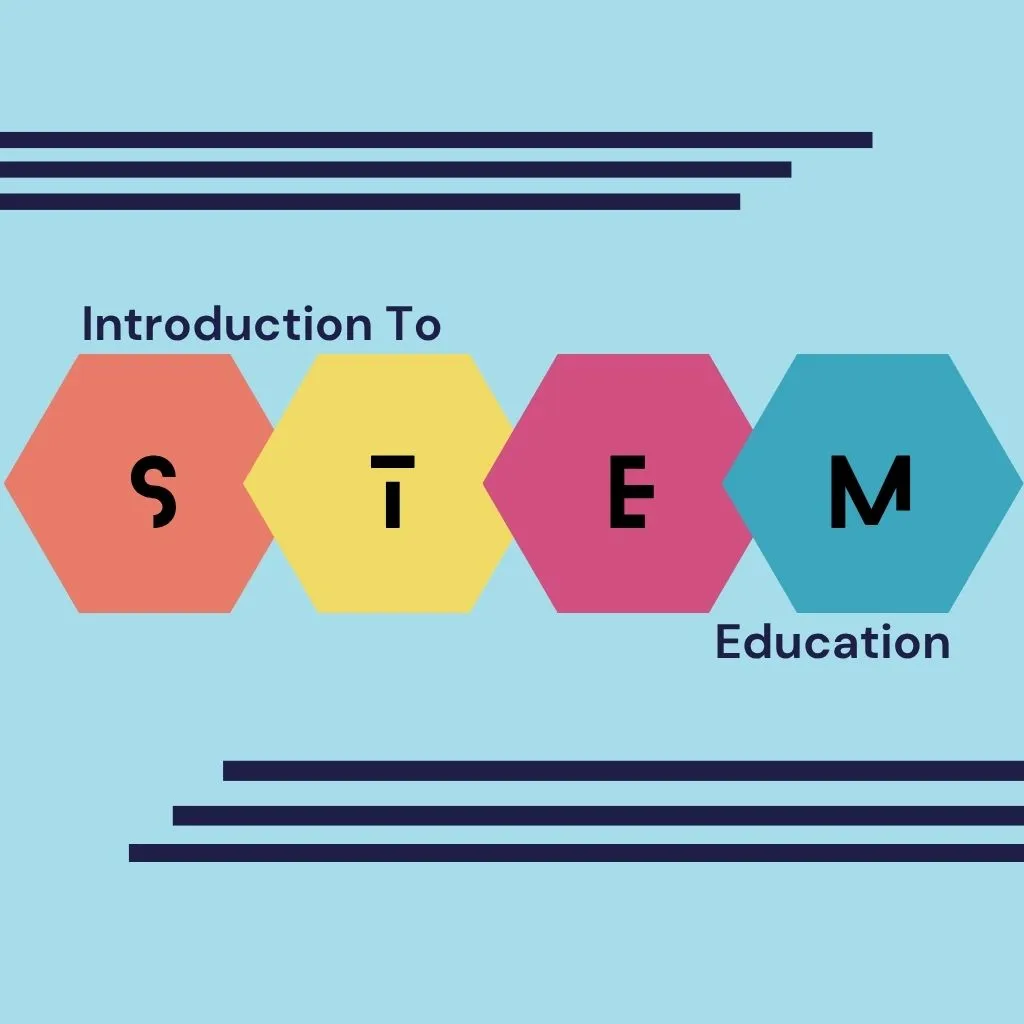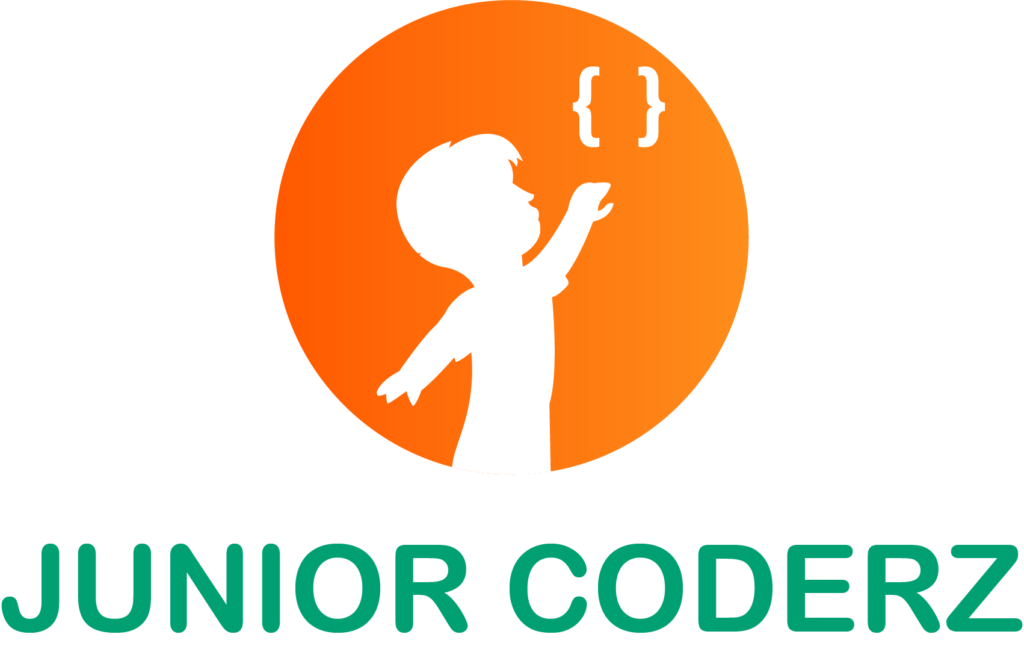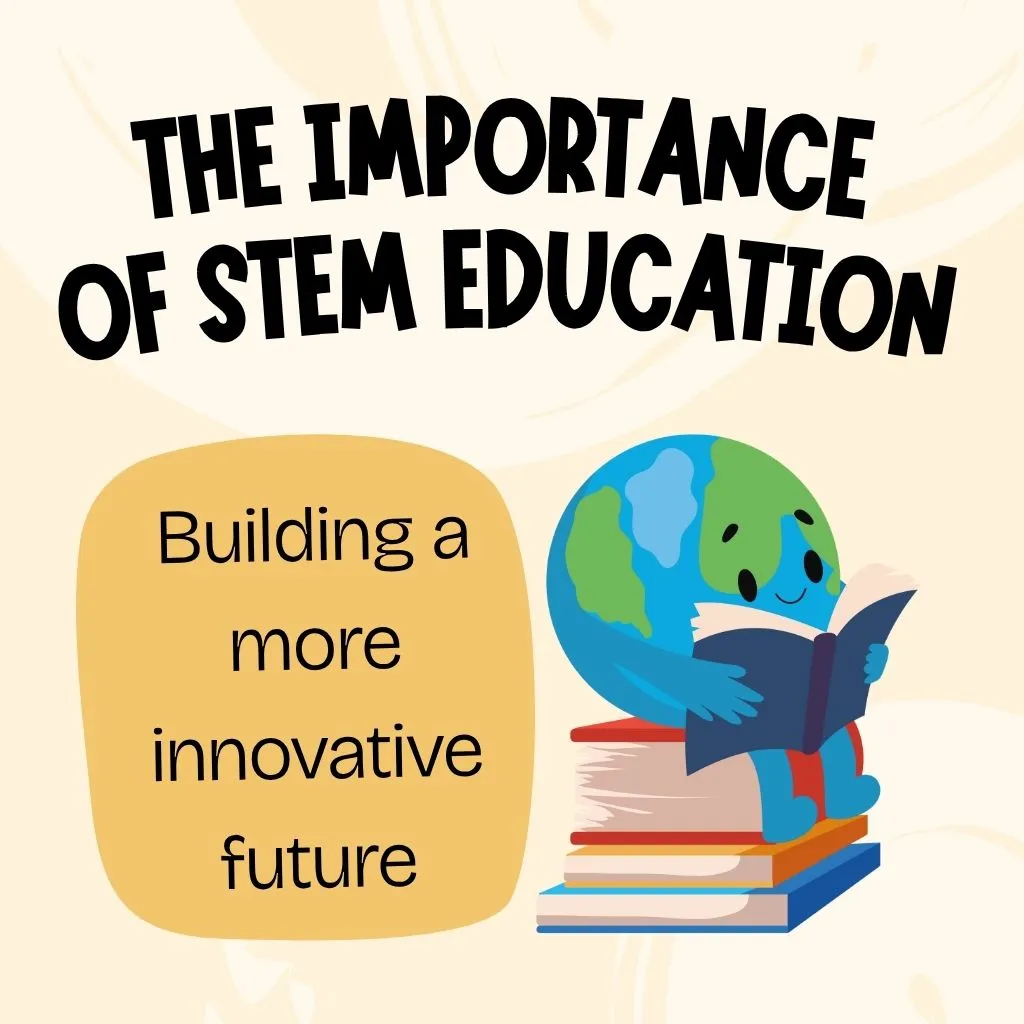In today’s rapidly evolving world, the importance of STEM education cannot be overstated. From coding robots to analyzing climate change, STEM (Science, Technology, Engineering, and Mathematics) is the foundation of the innovations shaping our future. For children, engaging with STEM early is more than just an academic advantage; it builds real-world problem-solving skills, boosts creativity, and opens doors to exciting career paths. More than ever, young minds need the tools to question, experiment, and build and STEM education is the gateway.
But here’s the real question: how can STEM education shape the future of your child? As we peel back the layers of learning, logic, and leadership, you’ll uncover how STEM isn’t just about numbers and formulas, it’s about preparing young explorers to navigate and lead in a tech-driven, globally connected world. Ready to explore? Let’s dive into the power-packed purpose of STEM!
Is your child curious, imaginative, and eager to explore the world? Join Junior Coderz today and give them the STEM start that empowers brilliance.
What Is STEM and Why Is It So Important?

The purpose of STEM Science, Technology, Engineering, and Mathematics goes beyond academic learning. Unlike traditional methods that teach subjects separately, STEM connects them through hands-on experiences that reflect real-world challenges. A single project, like designing a bridge, integrates physics, math, design, and structural thinking, helping kids develop problem-solving skills in an engaging, practical way.
But the importance of STEM education extends even further. It cultivates critical life skills such as logical reasoning, collaboration, communication, and resilience. STEM teaches kids to experiment, learn from failure, and persist skills essential in a world shaped by automation, AI, and global innovation. It encourages curiosity, creativity, and a growth mindset, turning passive learners into active creators. When taught in a supportive and fun environment like Junior Coderz, STEM doesn’t just prepare kids for tests it empowers them to shape the future with confidence and purpose.
The Importance of STEM Education in a Digital World
We live in a time where artificial intelligence, robotics, and biotechnology are no longer concepts of the future; they are part of our daily lives. From voice assistants to medical advancements, technology is constantly reshaping the way we live, work, and connect. In this fast-moving world, the importance of STEM education becomes undeniable. It equips children with the tools to not only keep up but to actively engage with and influence these changes. STEM helps them understand how the systems and technologies around them work, encouraging them to become problem-solvers rather than passive users.
By learning STEM, children begin to develop a mindset of innovation. They don’t just memorize facts, they analyze, build, and test ideas. This approach trains them to think critically, approach problems methodically, and adapt when things change. Instead of being overwhelmed by technological shifts, they gain the confidence to explore and even lead those changes. A child with a solid STEM foundation can grow into someone who doesn’t just consume technology but creates it, developing solutions, building tools, and imagining possibilities that improve lives. In a digital world, STEM isn’t just useful; it’s essential for shaping empowered, capable future leaders.
Why Is STEM Important in Early Childhood Education?
Introducing STEM early taps into children’s natural curiosity. Young minds love to explore, build, and ask questions, traits that align perfectly with the core of STEM learning. Simple activities like stacking blocks, mixing colors, or observing insects help children develop early skills in logic, observation, and problem-solving. These playful experiences quietly introduce concepts in science, math, and engineering, all while children are having fun. The goal isn’t to teach advanced topics but to lay a foundation for how to think critically and approach challenges with confidence.
Early STEM education also helps children build resilience and creativity. When they try different ways to solve a problem like figuring out how to make a toy roll faster they learn through experimentation and discovery. This process strengthens their ability to adapt, persist, and find solutions independently. Rather than memorizing facts, they engage in meaningful learning that encourages innovation. Starting STEM at a young age helps develop flexible thinkers ready to succeed in school and beyond.
The Benefits of a STEM Education: Beyond the Classroom
The benefits of a STEM education extend well beyond test scores. Here’s how STEM transforms learners into leaders:
- Creativity Boost: STEM teaches that there’s more than one solution to a problem.
- Critical Thinking: Kids learn to analyze, hypothesize, and iterate.
- Collaboration: Team projects simulate real-life tech and engineering teams.
- Confidence: Solving complex problems builds resilience and self-trust.
- Preparedness: From app development to aerospace, STEM opens doors.
How Can STEM Education Shape the Future?
Think of STEM as a launchpad. Children who learn to code, experiment, or engineer from an early age are primed to tackle global challenges like climate change, clean energy, digital equity, and more.
But how can STEM education shape the future on a personal level? It equips children with a growth mindset, the ability to think outside the box, and the technical skills needed for success in tomorrow’s job market.
They’re not just learners. They’re changemakers.
The Impact of STEM Innovations on Daily Life
From smart homes to space travel, the impact of STEM innovations touches every part of our lives. And behind every innovation is someone who once learned the basics in a classroom or coding camp.
When kids understand how STEM powers modern life, they see themselves as contributors to that future. Whether it’s solving water scarcity or designing a mobile game, they realize: “I can build that.”
STEM Careers: Not Just for Scientists
Today’s most exciting career game developers, environmental engineers, and AI analysts are all rooted in STEM. These fields are among the fastest-growing and highest-paying.
More importantly, they are careers with impact.
By introducing children to the importance of STEM education early, we’re planting seeds for a future where they aren’t just employees, they’re innovators, entrepreneurs, and visionaries.
Why Junior Coderz Champions STEM
At Junior Coderz, we believe STEM is for everyone. Our project-based learning model makes STEM approachable and enjoyable whether your child dreams of building robots, creating apps, or designing eco-solutions.
Our programs:
- Spark curiosity through hands-on coding and engineering
- Support learners of all levels and learning styles
- Encourage teamwork, resilience, and joyful discovery
Because we’re not just teaching STEM—we’re shaping the next generation of changemakers.
Get Involved: Make STEM Part of Home Life
You don’t need fancy gadgets to get started. Here are some simple STEM activities to do at home:
- Build a bridge with paper and tape—how much weight can it hold?
- Sort kitchen items by size, shape, or color (early data skills!)
- Track the moon phases together
- Use recycled items to invent a new product
- Try a free Junior Coderz class—yes, we’ll show you how fun learning can be!
Final Thoughts: Why Is STEM Important?
The question isn’t just “why is STEM important?” but rather, can we afford to not teach it?
In a future defined by innovation, digital literacy, and global collaboration, STEM is the language of success. Whether your child becomes a coder, a scientist, or an artist who thinks like an engineer, STEM lays the foundation for confidence, creativity, and contribution.
Ready to unlock your child’s full potential?
Start your STEM journey with Junior Coderz—where imagination meets innovation. Book your trial class today!
FAQs
Q: What age should my child start STEM education?
As early as preschool! Simple activities like sorting, stacking, and exploring nature are STEM-rich experiences.
Q: Is STEM only for kids interested in science?
Not at all. STEM builds critical thinking and creativity skills that benefit all interests and careers.
Q: Can girls thrive in STEM fields?
Absolutely! STEM is for everyone, and at JuniorCoderz, we ensure inclusive learning spaces for all children.
Q: What makes JuniorCoderz different from other programs?
We offer personalized, project-based learning tailored to every learner’s pace, with a focus on fun and real-world application.
Q: How can I support STEM learning at home?
Encourage curiosity, ask questions together, and try fun STEM challenges! You can also explore our free guides and classes.

